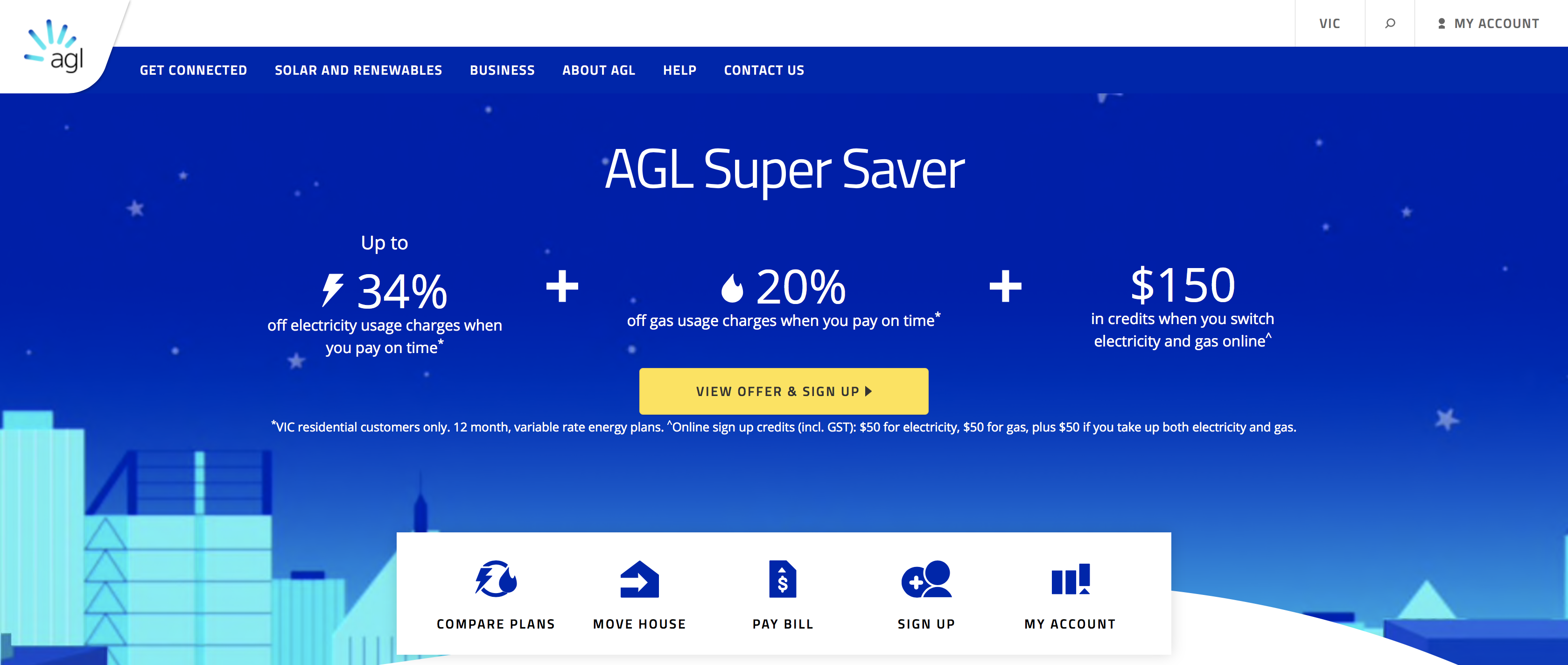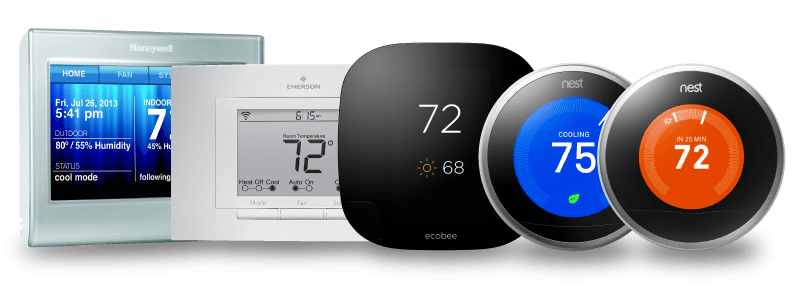AGL are Australia’s largest energy retailer, with more than 3.6 million customer accounts. On Friday 8 June 2018, they made an announcement to the media. The headline read, “AGL cuts electricity prices across NSW, SA and Queensland”.
We could have cut-and-paste the rest, but that’s not Bulk Energy’s style. Here’s our version of the headline:
AGL slightly reduce electricity prices in NSW, SA and QLD, while increasing gas prices in NSW and SA.
In the interest of transparency, Bulk Energy have a brokerage agreement with AGL, and we like them. We like them because they boast the largest investment in renewable energy of any Australian public company. They’re Australia’s largest electricity generator, and have promised to exit coal-fired generation completely by 2050. In our experience, their customer service is also great.
Having said all that, we felt it was important to share the facts pertaining to AGL’s recent announcement with our readers. So you can form your own views.
What changes are AGL making?
| State | Elec (Resi) | Gas (Resi) | Elec (SME) | Gas (SME) |
|---|---|---|---|---|
| NSW | ↓0.3% | ↑1.8% | ↓0.1% | ↑2.5% |
| QLD | ↓1.6% | No change | ↓1.0% | No change |
| SA | ↓0.4% | ↑2.1% | ↓0.3% | ↑4.6% |
* Price change percentages are a weighted average. Some individual rates may not change.
Clearly, Queensland is the big winner. Gas prices will remain steady, while residential electricity prices will drop 1.6% and business electricity prices 1.0%.
While these changes will apply to residential and small business accounts, for large market, the news is all bad, with rising network and environmental costs. If you’re large market, your best bet is to head over to our cheap electricity page. There, we provide step-by-step instructions for best practice procurement.
Changes come into effect on 1 July 2018.
Why make these changes?
Perhaps, because… Origin already made a similar announcement?
On 5 June 2018, Origin Energy said it would either reduce or hold base power prices for homes and small businesses for 12 months. Everywhere except Victoria, that is. This news came off the back of three consecutive years of price hikes, reversing the trend.
The other major reason is likely the fact that wholesale electricity prices have mostly fallen this year. (For more detail, our post on Australian electricity prices and the cost of electricity in Australia per kWh is a good place to start.) So, we checked the Australian Energy Market Operator’s (AEMO’s) average historical prices tables for the three states in question. In:
- NSW, the average spot prices in $/MWh in 2017 was 81.22, and in 2018 this has risen very slightly to 82.26.
- SA, the spot price in 2017 was a whopping 108.66 — an all-time record for the entire National Electricity Market (NEM) — in 2018 it’s down about 11% to 97.90.
- QLD, the spot price in 2017 was 93.12 and it has now dropped almost 28% to 72.88.
According to AGL’s Chief Customer Officer, Melissa Reynolds, “We understand power prices have been high and that has put pressure on many households,” says Reynolds. “While these price cuts are slight, they’re part of a downward trend that is emerging as more investment in new sources of supply comes into the market.”
Changes too slight, say consumer groups
With respect to the drop in electricity prices, Canstar Blue’s Simon Downes says he was disappointed by the numbers.
He says that while this was a small step in the right direction, “you can’t help but be underwhelmed by this week’s announcements by Origin and AGL”.
“Energy customers have been copping huge price increases over the last couple of years and with the wholesale electricity market now more stable, households would have been hoping for more significant price reductions,” he says.
The best way to put this into perspective is to run some numbers based on a typical Australian household.
How much are consumers likely to save?
Recently I wrote an article called “How do I check my electricity bill?“, where I worked out my annual consumption was about 5,250 kWh per year. I consider my household fairly average, since it’s made up of two adults and one child. Based on this usage and the changes to price details above, the savings would amount to about:
| State | Rate $/kWh | Usage kWh/y | Saving (Resi) | Est Saving $/y |
|---|---|---|---|---|
| NSW | 33.33c/kWh | 5,250 | -0.3% | $5.25 |
| SA | 43.67c/kWh | 5,250 | -0.4% | $9.17 |
| QLD | 29.01c/kWh | 5,250 | -1.6% | $24.37 |
After running the numbers, “Underwhelming” is probably a fair assessment.
Fortunately, there’s another angle here. AGL went on to say, “More than two million customer accounts have changed over to a new deal with AGL since July last year, meaning many customers have already seen their bills come down.”
We think we know the deal they’re referring to. We just published Compare electricity prices: Standing offer versus market offer. In this, we cited an example where AGL were offering 27% off electricity for residential customers who paid on time. In fact, this was in 2017, while in June 2018 the deal is a 34% discount, and that’s worth writing home about.
Make sure you’re on a market offer
Market offers are where the savings are at for residential and small business electricity accounts. Regular readers of the Bulk Energy blog know this all too well.
According to the Australian Energy Council, 23% of NSW electricity accounts, 14% of South Australian accounts, and 27% of QLD accounts are on standing offers. Therefore, they’re missing out on the discounts mentioned above, which come with market offers.
If you’re on a standing offer, or are uncertain what type of offer you’re on, you can always contact Bulk Energy for help.
AGL have a different take on it, shifting the focus onto policy. Of note, Ms Reynolds says prices could be driven even lower if policy certainty encourages additional investment in new supply. “AGL supports the policy certainty that would come with implementation of the National Energy Guarantee.”
Unfortunately, there’s no guarantees regarding the National Energy Guarantee, at this stage. Until then, it’s up to us as consumers to do our homework, shop around and make sure we’re on a good wicket.









